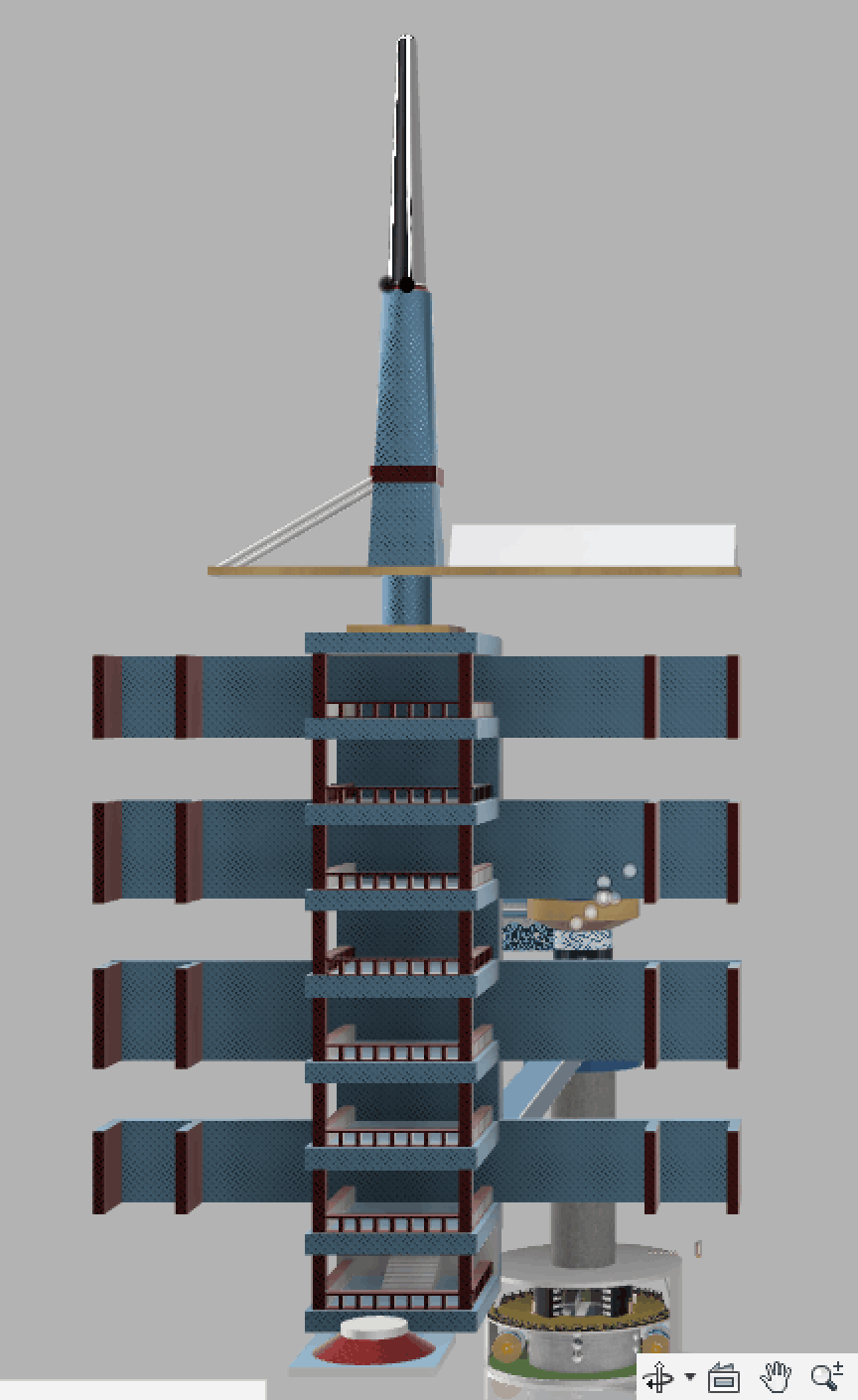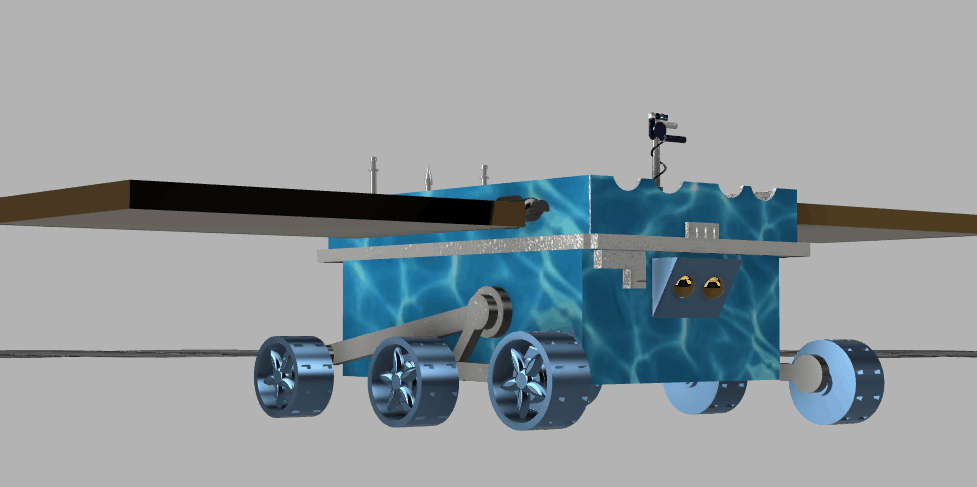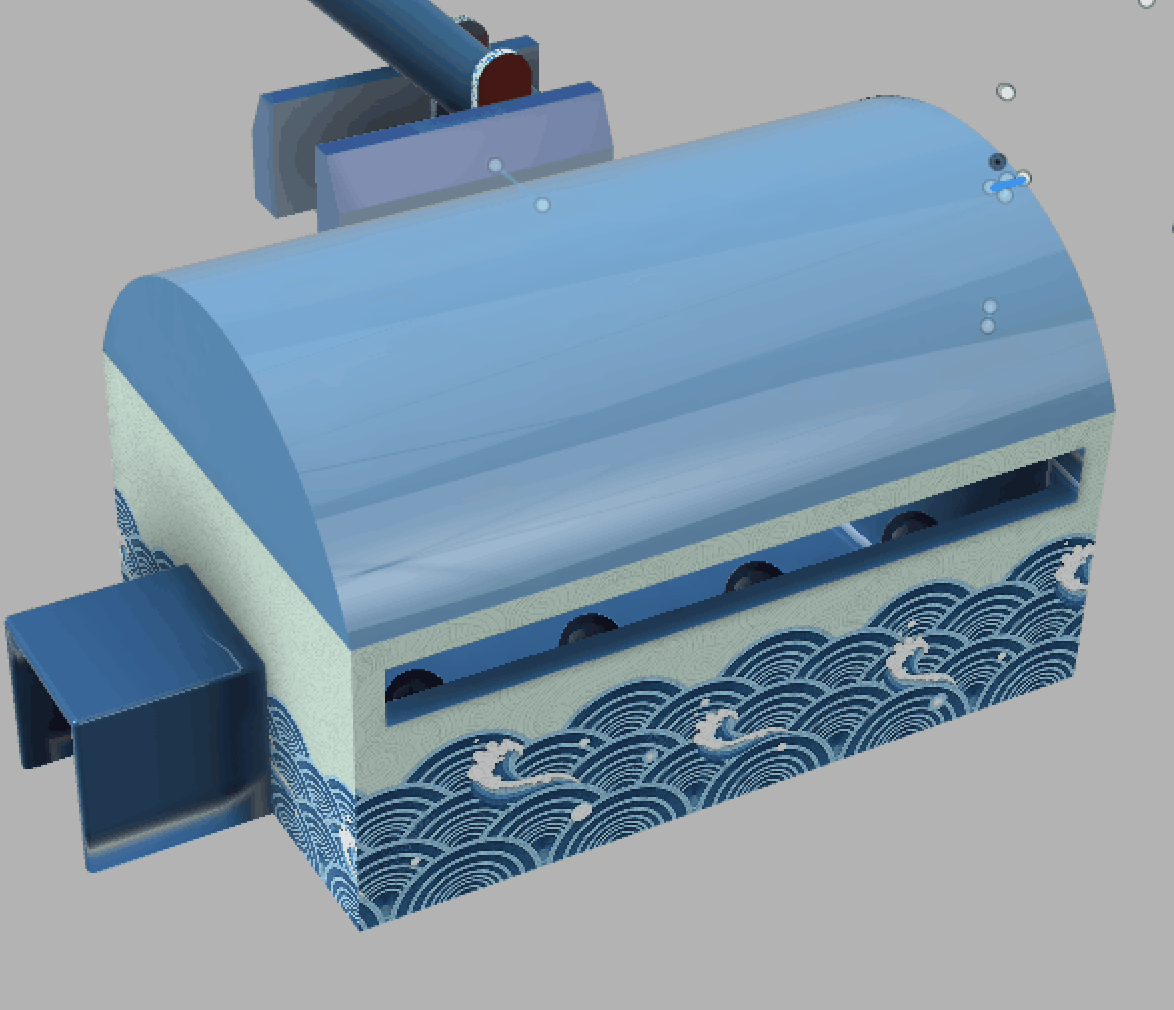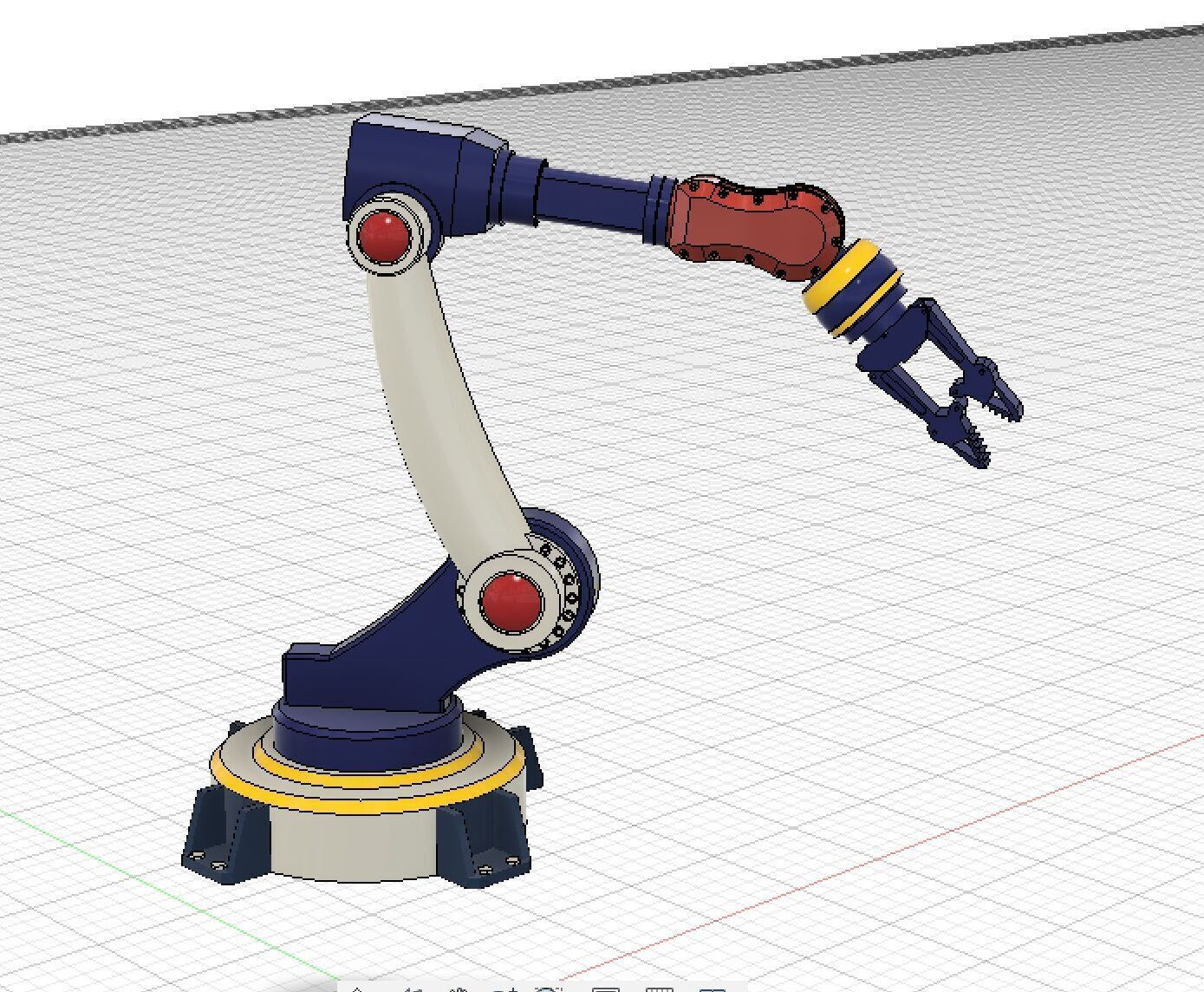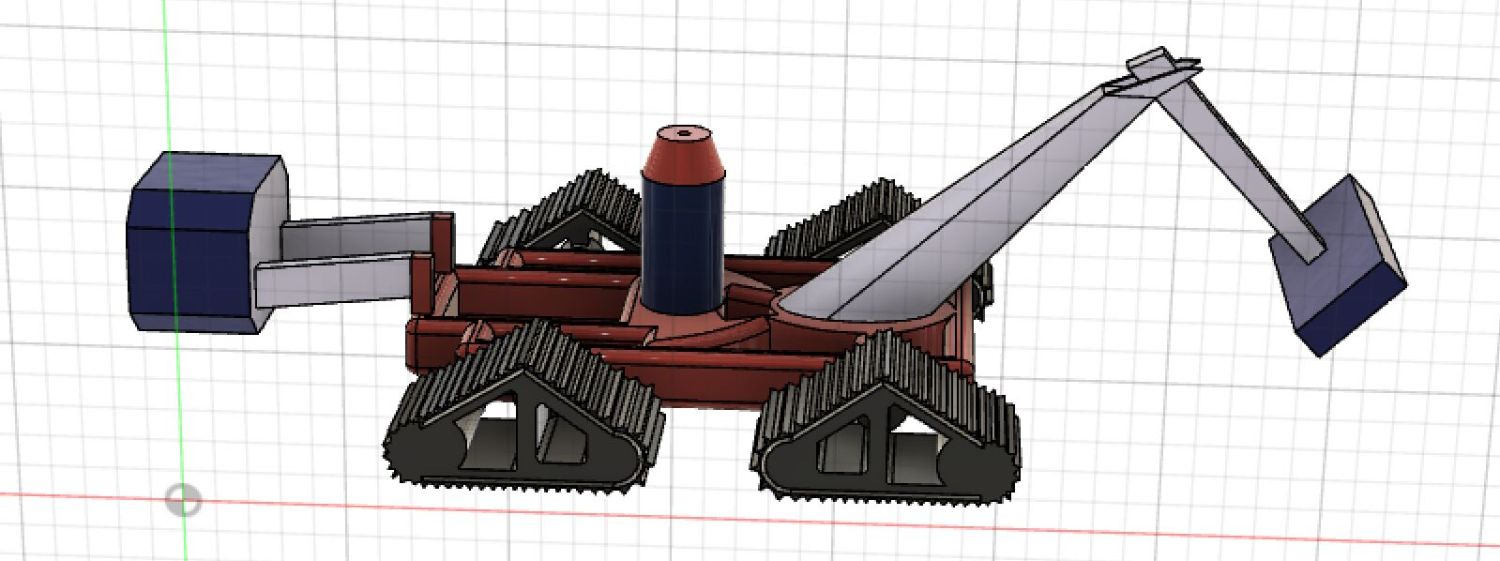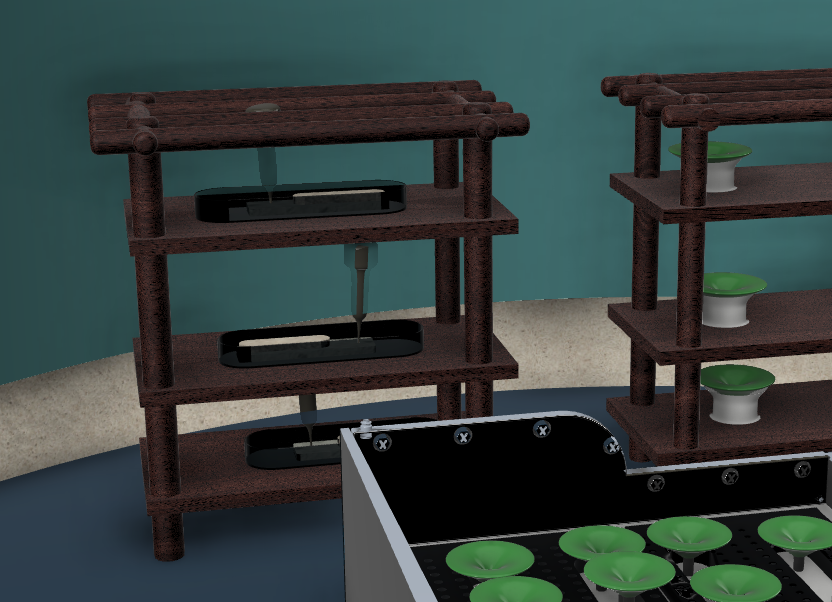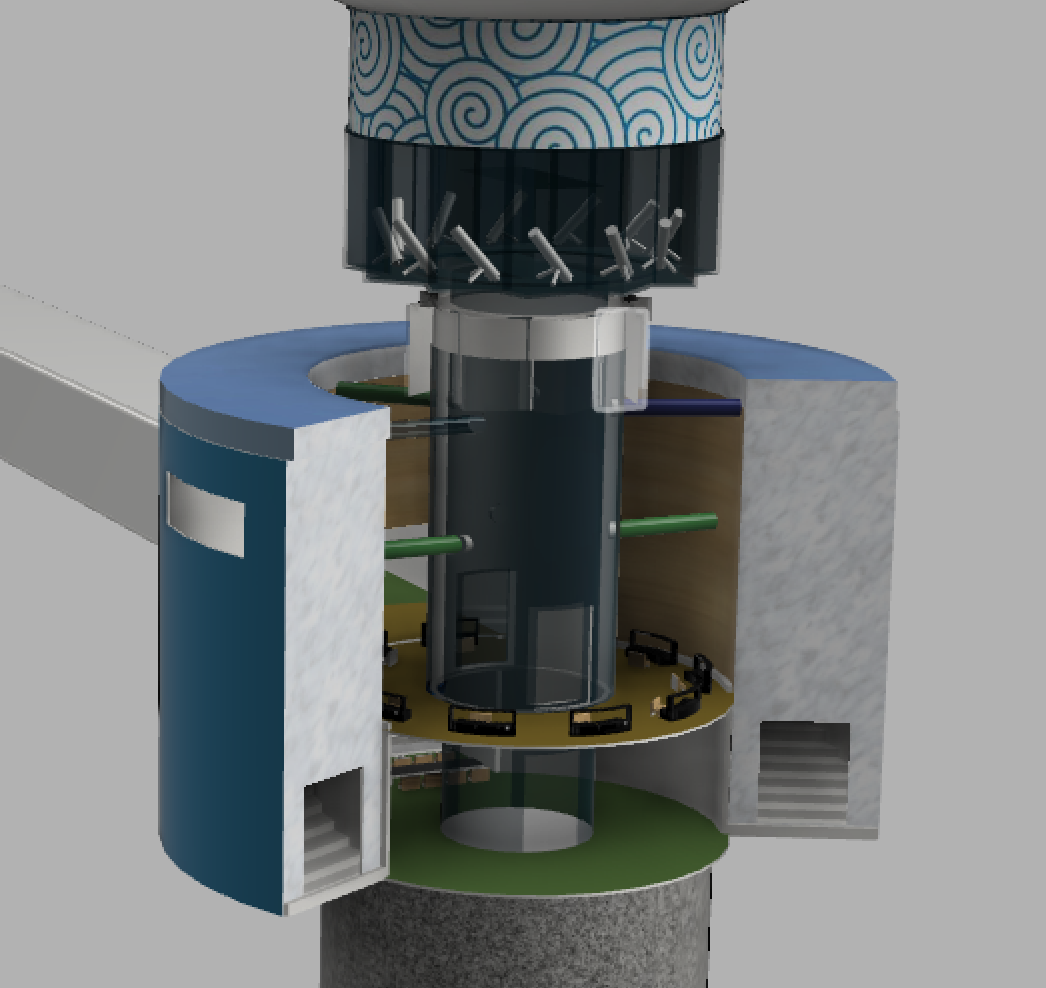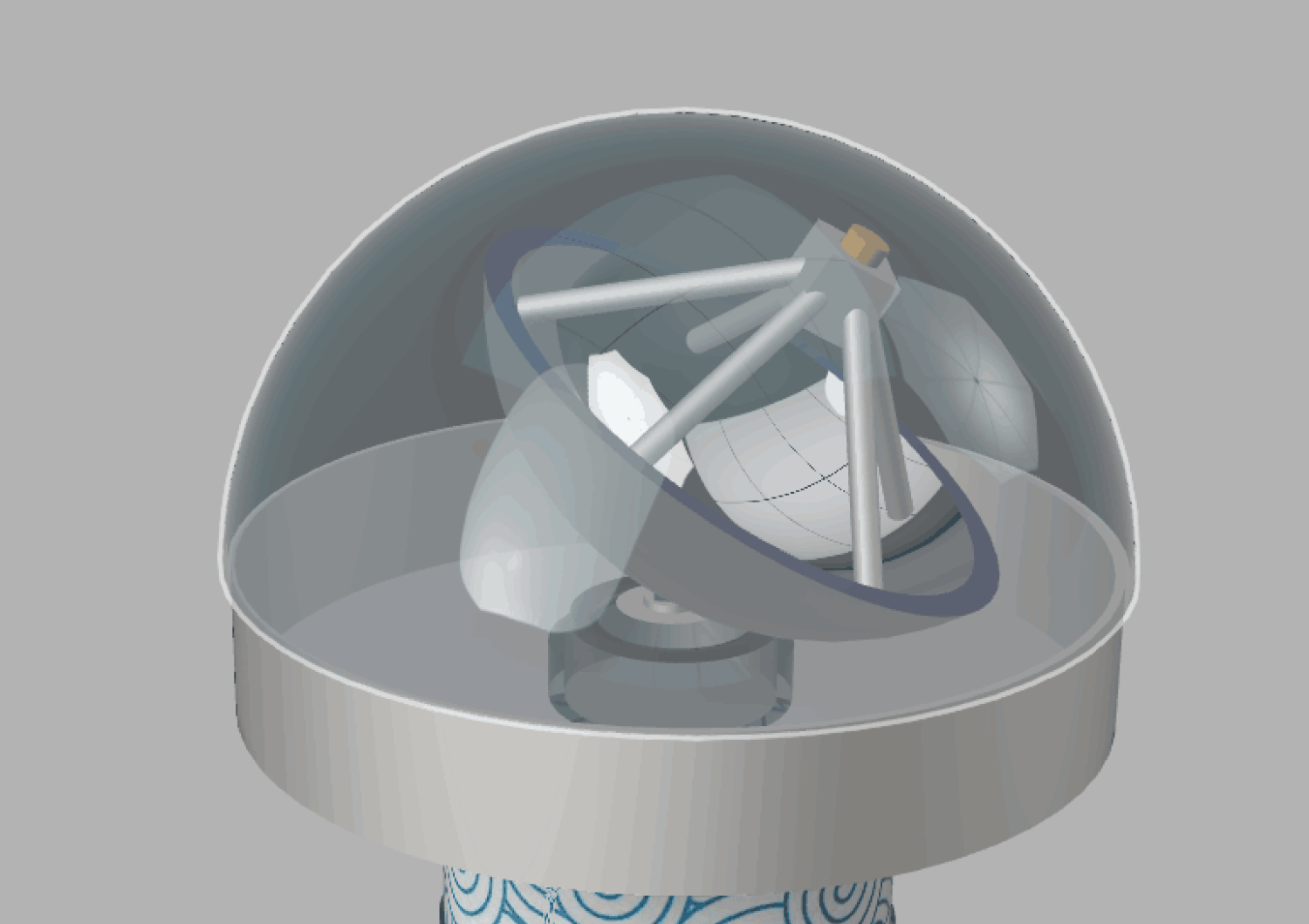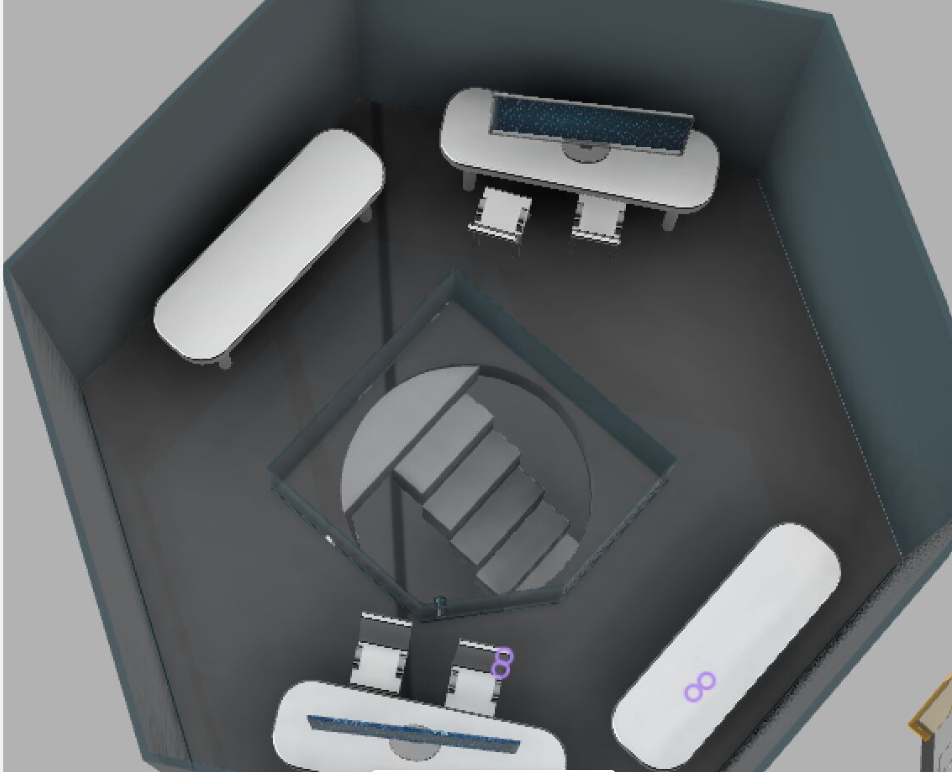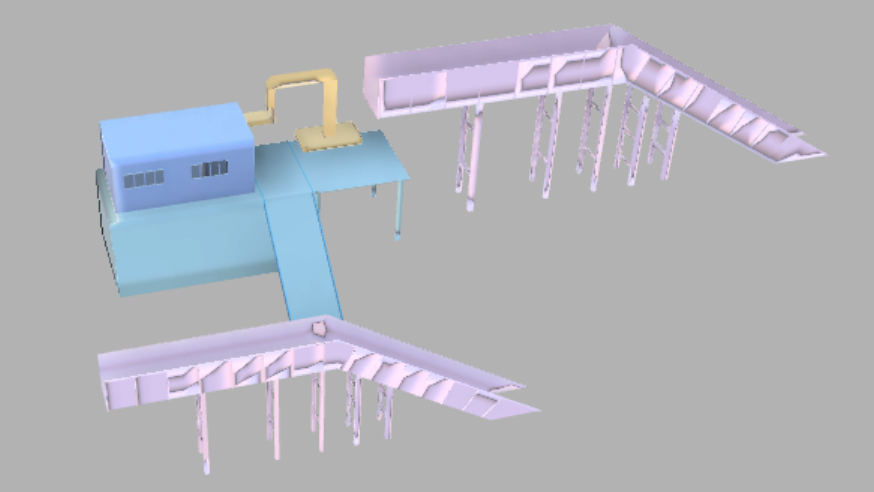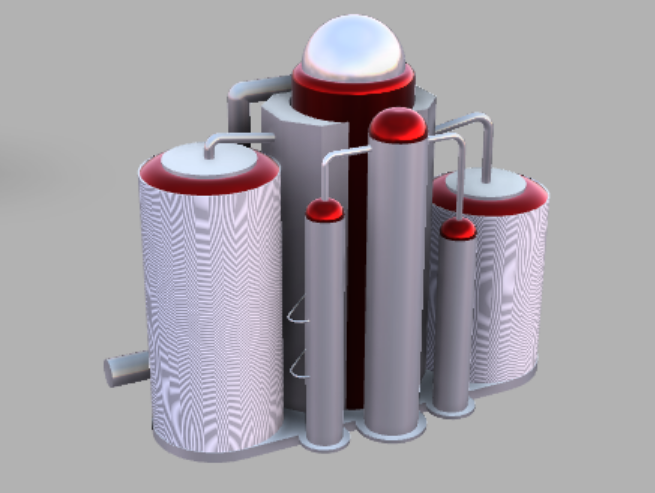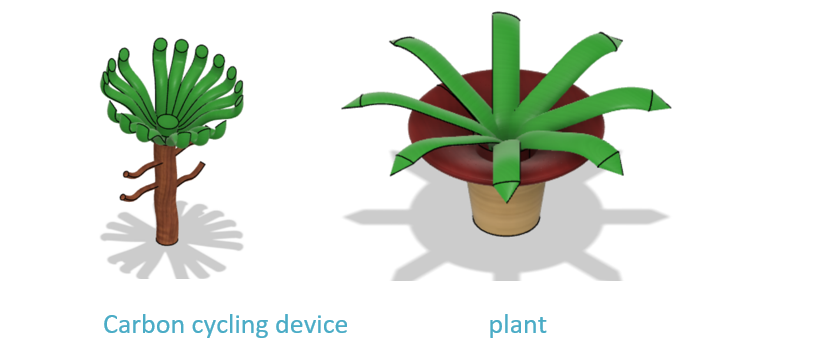Moon Camp Pioneers Gallery 2021-2022
In Moon Camp Pioneers each team’s mission is to 3D design a complete Moon Camp using Fusion 360. They also have to explain how they will use local resources, protect astronauts from the dangerous of space and describe the living and working facilities.
Team: Makka Pakka team
郑州轻工业大学 中国河南 China 19 6 / 4
External viewer for 3d project
|
Project description
Our lunar camp is a living, exploration, research and defense base divided into six areas: residential, security, greenhouse, research area, energy area, and recycling station. The residential area is divided into two levels: the lower level for living and the upper level for working. We also have a rover and a robotic arm for lunar exploration and sampling. Research in the scientific research area, including theoretical exploration area, experimental area, exploration area. 3D printers and robotic arms combine with recycling stations to make parts from recycled materials, which are sorted through garbage sorting devices. Greenhouse plant experiments, through comparative experiments to explore the best cultivation methods, is also a source of food. The space agency provides support for the entire base, both to monitor space and to have adequate means of defense. The energy district provides energy to other areas through photovoltaic units, dayvolt units, batteries, water molecular aggregators, and oxygen generators. At our lunar camp, astronauts can not only explore the moon, conduct research and experiments, but also ensure safety and resource recycling. |
|||
|
2.1 Where do you want to build your Moon Camp?
We plan to set up camps at the moon’s north pole. First, there is almost constant sunlight at the moon’s north pole, which not only guarantees a stable temperature, but also provides sunlight to the solar panels to produce energy. Second, research suggests that there may be frozen water in The Pirie Crater near the North Pole, which could provide science with more resources to explore the moon and provide precious water resources. 2.2 How do you plan to build your Moon Camp? Describe the techniques, materials and your design choices.
Technology: We plan to create houses in a way that combines 3D printers with models assembled on Earth. First of all, we will first send a lunar rover to explore the actual situation of the moon for us and decide the final location. Second, since the rich natural environment on the moon is suitable for human development, we will use existing materials such as rocks and lunar soil on the moon to make missing parts through giant 3D printers, and the aluminum tools transported by the spacecraft can be assembled as tools for transporting materials such as rocks and lunar soils. (We have also built a waste recycling station to help people sort garbage, dispose of waste, recycle and recycle resources for life and research, and also helped make parts for the moon camp.) ) Finally, we will build a house using models and the products of 3D printing. 2.3 The environment on the Moon is very dangerous for the astronauts. Explain how your Moon Camp will protect them. (maximum 150 words)
Part of the moon camp constitutes the security Bwreau . which is to protect the safety of astronauts. The main body of the securty bureau is as follows. First, outer space monitoring station.The surface is made of a special transparent cover, which prevents the dust from sticking to the surface by having the same electric charge as the dust. The Taichung radar eftectively monitors meteorites and solar wind in space for early warning and defense mode.Second, Signal transmittìng chamber .It can transmit defensive information to monitoring satellites in the sky, operate remotely and wirelessly the meteorite destroyers and fire missiles to blow wp. meteorites in outer space, thus playing a defensive role. Third,Satellite monitoring center It monitors and controls the movement of defense satellites, meteorites and solar wind in outer space in real time, and feeds the infarmation into a big data repository. |
|||
|
2.4 Explain how your Moon Camp will provide the astronauts with:
|
Water
|
Food
|
Power
|
Air
|
|
craters at the poles of the moon, the sun shines, the temperature has been low, due to the comet hit the moon to bring water, ice on the moon, we use the probe to detect their existence, looking for large natural cave in the surrounding residential, collecting ice rock, heating it with the distiller, collect evaporation of moisture, And further purification to obtain drinking water. Another portion of the water can be purified for human consumption by recycling sweat, urine and household water |
1. To establish an artificial greenhouse, carbon dioxide, water and other elements needed by crops can be transported to the bottom of the greenhouse through a pressurized tank on the surface of the moon, and air and soil temperature can be monitored through a hyperspectral imager. 2. With planting pillows, the materials needed for plant growth are stored in the substrate, and the required light is realized through the LED lamp bank. 3. Create a passive porous nutrient delivery system that utilizes water capillarity to fully irrigate crops and uses LED light banks. The three cultivation methods can provide parameters for the research office. |
Photovoltaic (PV) equipment operates during the day and provides electricity directly to the lunar base. The surplus electricity can be stored in batteries or used for water electrolysis. 2. Fuel cell equipment, operated during the lunar night to provide electricity and heat to the base, 3. Hydrolytic hydrogen production equipment can collect solar energy during the day and create a high temperature environment for the hydrolysis reaction. The hydrolysis reactor splits water into hydrogen and oxygen. These three devices are connected to water molecular aggregators and oxygen generators in the energy district, providing energy and oxygen through a series of processes. |
Plants can recycle organic waste from greenhouses and convert carbon dioxide into breathable oxygen 2. Oxygen is generated by electrolysis by absorbing water vapor in the air of the station, urine and sweat of astronauts, etc. Hydrogen can be recycled to participate in the work of fuel cells, processed by the energy zone, and oxygen is produced by oxygen manufacturing machine. 4. Excess CARBON dioxide and methane from the energy zone are separated by molecular sieves in the base and stored as fuel for the spacecraft. Trace amounts of harmful gases are removed by activated carbon filters. |
|
2.5 Explain what would be the main purpose of your Moon Camp.
First, resources on the moon can be mined for human. The lunar soil contains H3 Which could be used as a fuel for future fusion power generation Meanwhile, solar panels could be laid on the moon to generate electricity and send it back to Earth wirelessly. Second, the moon ‘s extreme environments could provide an ideal space experiment for scientific research. And these will play a great role in promoting basic scientific experiments, the development of heavy industry. genetic meie mutation engineering of species and the development of astronomy.Third, humans can’t stayon earth forever, The moon is the closest object to earth and therefore the lowest cost ot early tea research.Beoause of the technical challenges of estabishing a base on the Moon are higher than on the Mars. And the moon comp project could lay the foundation for future Mars camp projects,or even a base forspace travel. |
|||
|
3.1 Describe a day on the Moon for your Moon Camp astronaut crew.
In the morning, the astronauts get up from the hibernation module on the first floor of the residential area, wash up, and begin to exercise on the fitness equipment. After the meal, some of the astronauts in the security Bureau through the satellite monitoring center to check the situation, some of the control of the energy zone equipment, some of the astronauts began to use the lunar rover to carry out various experiments and material detection, collection of the moon. In the afternoon, the collected materials were studied by researchers in the scientific research area, while the greenhouse culture experiment was carried out in the scientific research area. The 3D printing machine prints parts from materials collected by the rover, and the waste is recycled into a recycling station before being collected by the astronauts. |
|||


